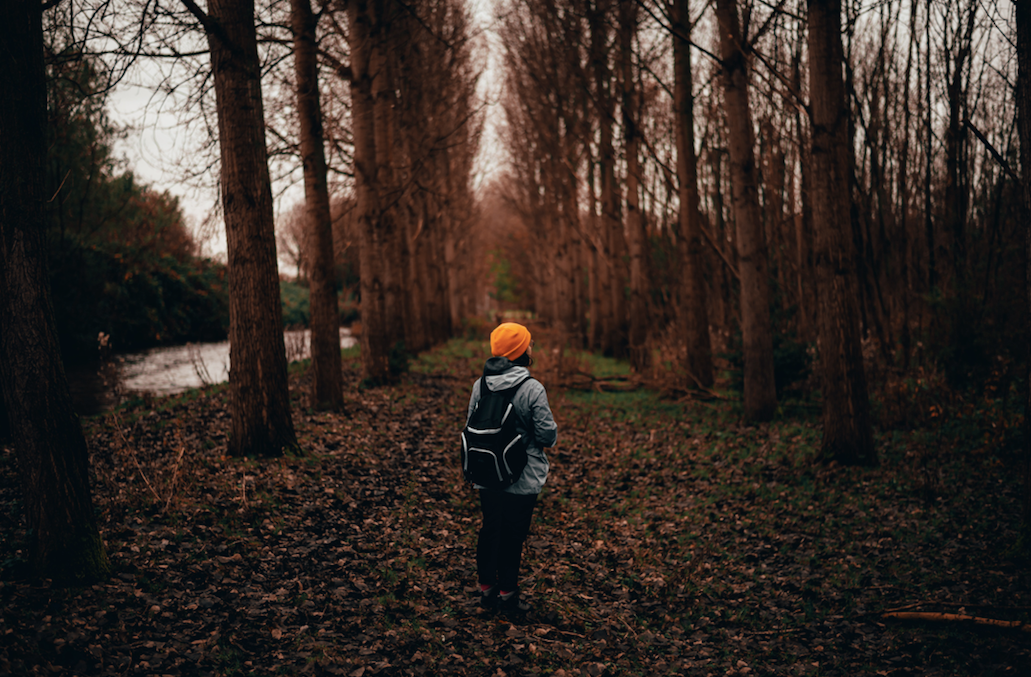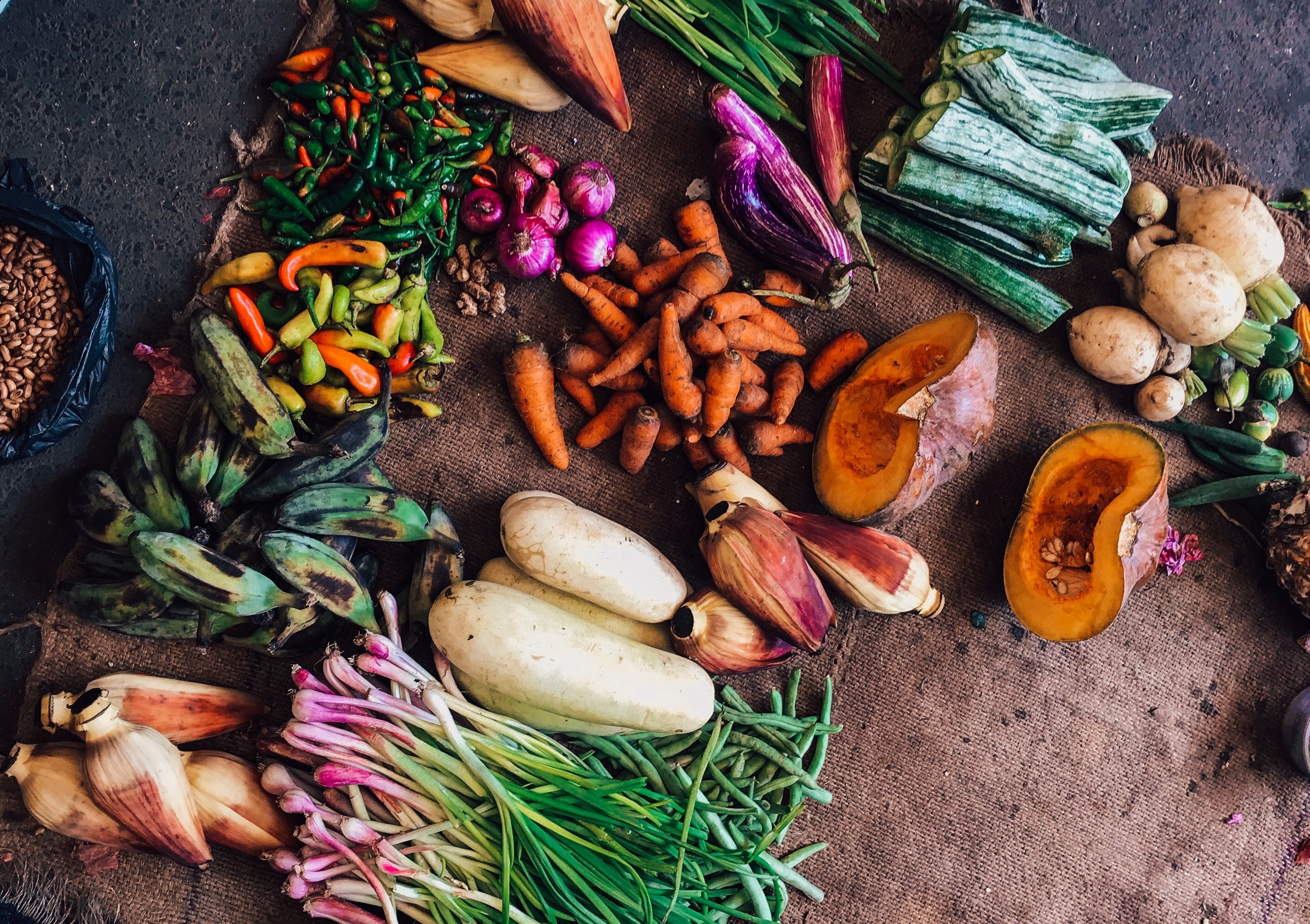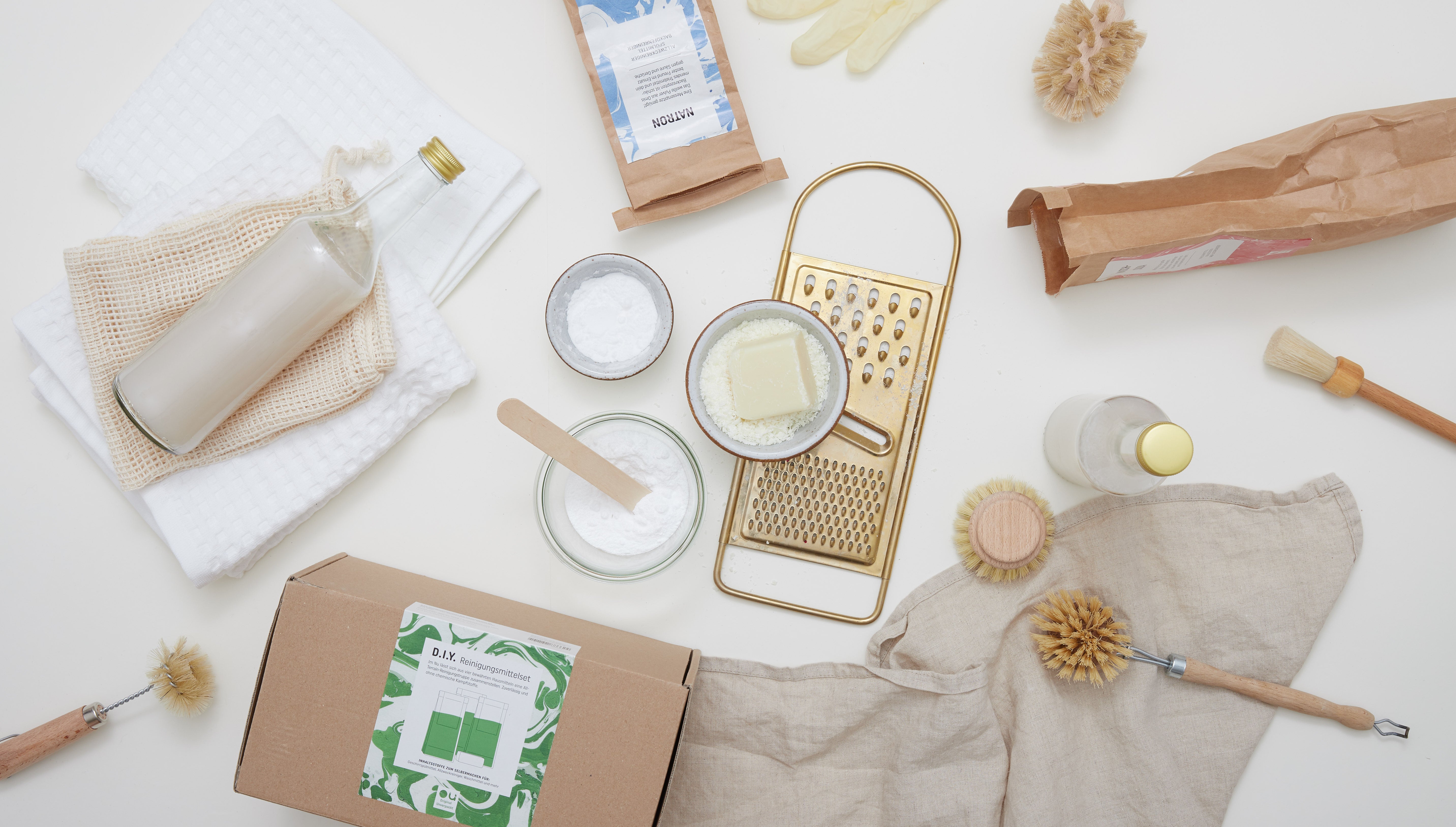
Winter is coming: Eco for the cold days
Summer is over, the days are getting shorter and the heaters are being turned up. Why we still love autumn and our tips on how to make it even more sustainable this year:
Clever heating:
With lots of little hacks, energy consumption can be reduced and heating becomes more sustainable. This is not only good for nature, but also for your wallet. More than 60 percent of energy consumption in private households comes from heating and hot water. There is therefore a lot of potential for savings in these areas. You can easily implement this now:
- Choose the right room temperature. If you lower the room temperature by just one degree, you can save around €140 and 500 kg of CO2 per year in a 60 square meter apartment. 20° during the day, 17-18° at night is enough. If you freeze at night, you're better off with a hot water bottle than with a heated bedroom.
- It is better to ventilate briefly several times than to leave the window tilted all the time.
- Close doors.
- Close the shutters when it's dark. This will reduce heat loss by up to 20%.
- Do not cover or block the radiators.
- Do not allow rooms to cool down completely in winter.
Drinking liters of tea and coffee:
Actually, it's great all year round, but when it gets colder outside, drinking tea and coffee is even more fun. These hot companions are part of our everyday lives. So if we save on waste here, a lot can be achieved.
For the coffee junkies: We avoid coffee capsules and coffee pads. The hand filter, the classic filter machine (preferably with a reusable filter), or the French press or an espresso maker are the most waste- and climate-friendly alternatives. Here you can find the preparation methods of the various machines.
For tea drinkers: Avoid individual tea bags. These usually contain plastic. Go for loose tea, which has even more flavor! With a tea strainer or tea tongs, preparation is child's play. Also give regional teas a chance. Herbal and fruit teas can also be bought locally made from rose hips, apples, mint or sage. Loose teas are available in unpackaged stores.
For true minimalists: drink hot water! This may sound crazy, but according to Ayurvedic recommendations it is very healthy. It stimulates the metabolism and digestion and costs nothing and produces no waste.
Washing with chestnuts:
Autumn. The season when we recognize chestnut trees as such. Horse chestnuts can be processed into detergent.
- 6-8 dry, cleaned horse chestnuts
- 300 ml of water
Quarter the chestnuts, put them in a glass of water and leave them to stand for around 8 hours. If you need to do it more quickly, boil the chestnuts in a little water and then simmer for 15 minutes. The liquid is then poured through a sieve into the detergent compartment. In places with hard water, a teaspoon of washing soda should be added, or alternatively a little essential oil. The liquid does not keep for long and should always be made fresh. Treat stubborn stains in advance with gall soap or curd soap . The sieved chestnuts can be dried and reused.
Time for Do It Yourself: Cooking the Summer
Preserving is something for grandmas? Not at all. It's a great way to put summer in a jar and bring it back to life on colder days.
The difference to preserving is that when you preserve, you actually only preserve fresh food. When you preserve, you first process fruit or vegetables into jams, chutneys and other things. These can then theoretically be further preserved to make them last longer. You can easily preserve food yourself by preserving: fruit and vegetables from the garden, sauces and soups, and even cakes, bread and ready meals. And this is how it works:
-
Prepare fruit or vegetables (popular examples include plums, apples, pears, asparagus): wash, peel if necessary, remove seeds.
-
Preserving jars with glass lids, rubber rings and clamps (or jars with screw lids): Disinfect everything that comes into contact with the food being preserved.
-
Fill the jars, close them and place them in a large pot. Fill with water so that the jars are about three-quarters covered with water. The water temperature should be about the same as the contents of the jars. Slowly heat the pot with the water and the jars.
-
As soon as the water boils, the timer stops. Cooking time depends on the food being preserved.
For sweet fruit and pre-cooked vegetables, about 10-15 minutes are enough. Raw, hard or whole fruit and large pieces need 90 to 120 minutes.
- After cooking, let the jars cool in the pot for at least 10 minutes. Then wait until the jars have cooled completely and test the vacuum.
Vacuum test: For jars with glass lids, remove the clamps and try to lift the lid. If that doesn't work, it worked! The vacuum has formed. The food is preserved. For jars with screw caps, check whether the lid curves slightly inwards in the middle.
The shelf life depends on the cooking temperature:
60 to 90 °C several months to a year
100 °C unlimited (if the required cooking time is observed)



Leave a comment
This site is protected by hCaptcha and the hCaptcha Privacy Policy and Terms of Service apply.